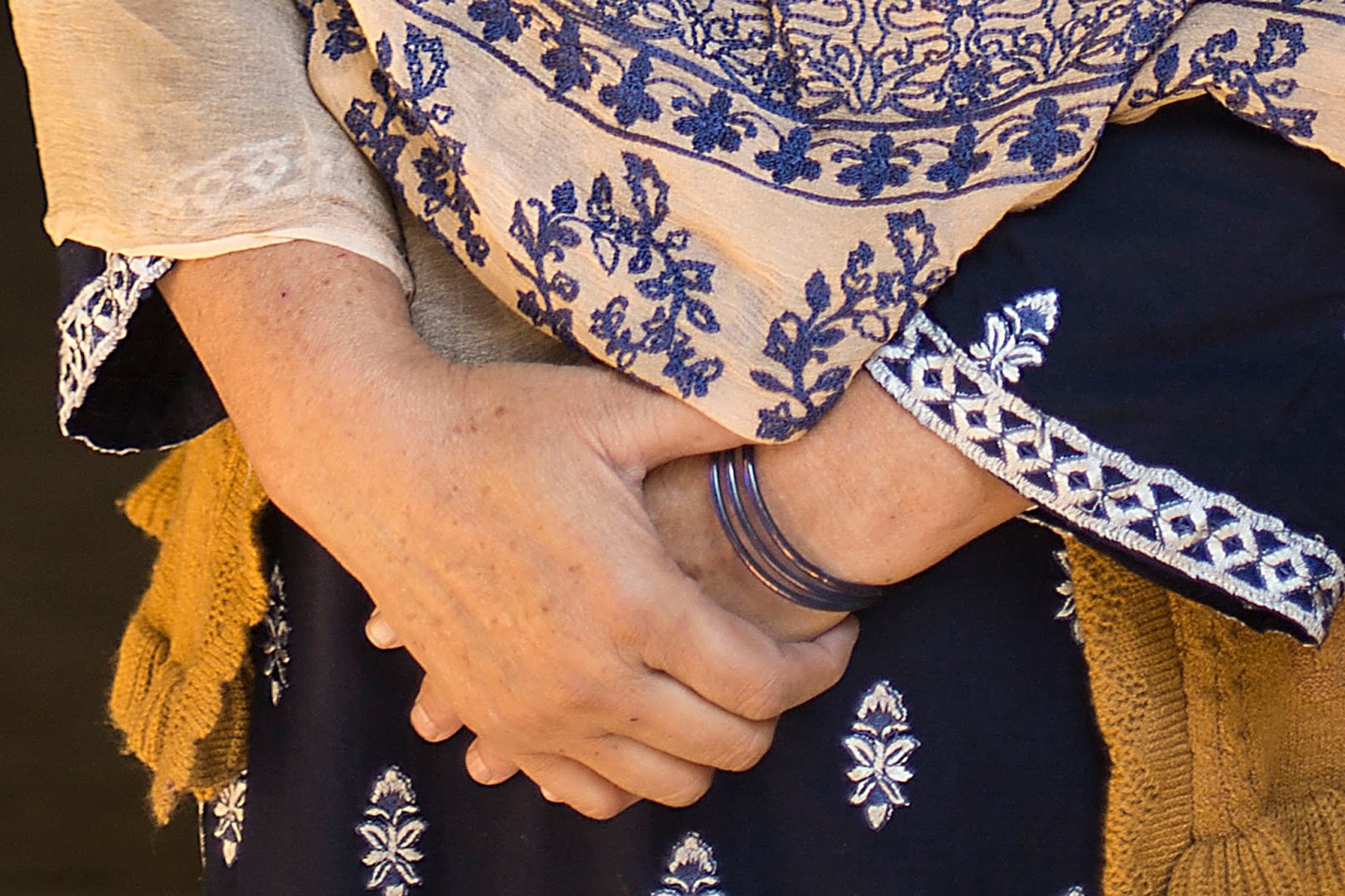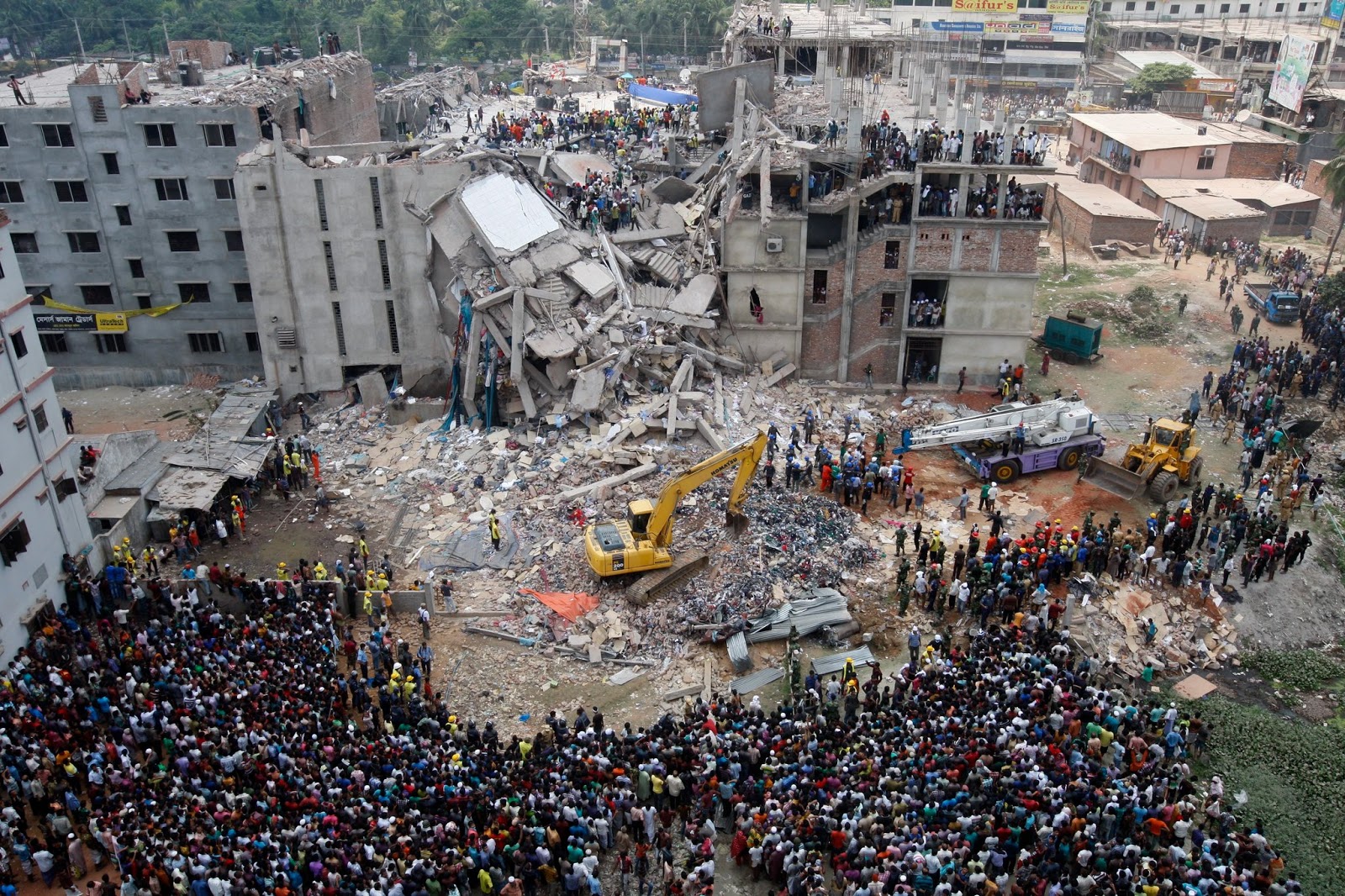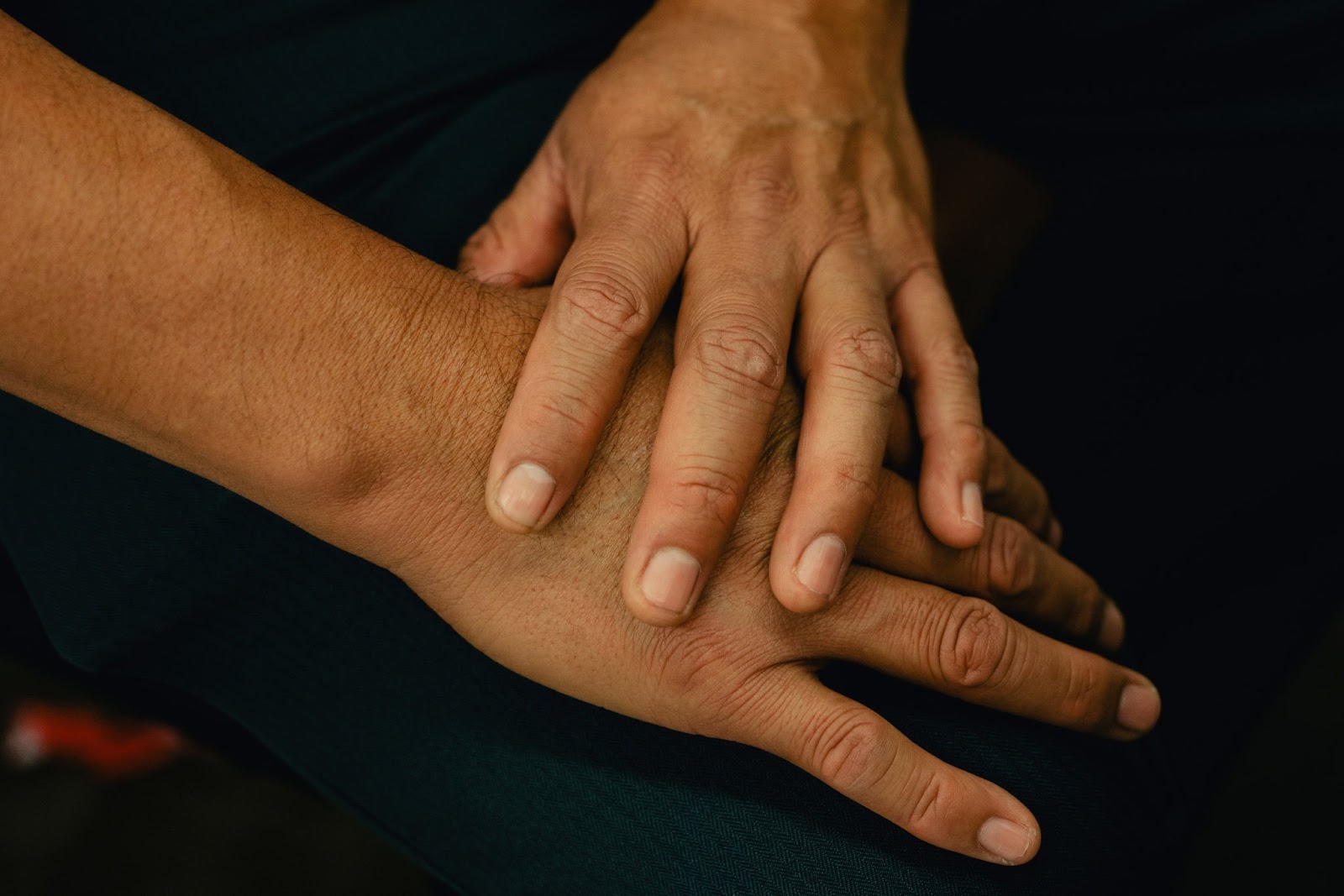There is Something
Contributor
Fashion
As I write this, I keep thinking to myself, “there must be something.”
Something in the way that we consume clothes faster than we can snap a picture and grab the next thing from the pile of polyester, synthetic blends, and promises of sustainability with hand-dyed cotton.1 But what of the hands that make the clothes we consume?2
Something in the way that as fast as clothes are consumed are the structures erected and sent into production, without a second thought. Not a second with how we throw away our clothes with less thought than bribed factory inspectors and building code regulators. But what of those structures consuming the bodies that work inside? Are they not just as fragile as the threads on our clothes, as the mental and physical states of the hands that make the clothes we have an undying hunger for?3
Something in the way we eat and eat away without a thought. For the shirt that’s on your back is made by invisible entities, working tirelessly to produce something we’ll throw away for something new after it’s been worn once or twice.4
Once or twice are the violations that occur where workers have a sliver of hope for regulation change before once or twice becomes fourth or fifth or tenth, and all hope is lost.5 Or the lost youth of children having to work to provide, continuing to operate in a system that takes advantage of their country’s casual labor laws.6
The same casualness that leads to casualty, all resultant systems of colonialism and imperialism. Embedded into the infrastructures of countries trying to find their way under piles of economic inequality, environmental poverty, and racism; a starter pack of inequality passed to every mother, child, and father, perhaps akin to the three-pack of white tees they make within seconds.7
Something in the way that pride sees your parents’ home country on your clothes slowly turns to disgust as you age. Age in how the clothes never see past a week or a month, yet the hands that produce them can be as young as five or six.
Something in the way that the pollution produced for the West’s products to consume adversely affects countries in the global south. Those same countries that filled children of diaspora with pride-turned-disgust at the idea of people left behind, those less fortunate, are still operating in our systems of capitalism, but for what?
Something in the way that as fast as workers are producing, people are buying. As quickly as companies are making billions, workers are losing their lives to produce for production’s sake, to put food on the table at 1/100th of the pay their clothes receive in the market.8
Markets that put a price on bodies that should be priceless. That a human shouldn’t be worth $0.01/hour while what they make is ten times that. That we value products of labor more than the hands that produce.
As hands work tirelessly, like small machines, they barely have enough by the end of a workday to put produce on the table. All in the name of the ceaseless machine of fast fashion. A machine that churns out buildings as fast as it does clothes. In the best times, structures that continue to stand and allow for the little machines to keep operations up to standard; but the best times for who?9
Something in the way that as fast as the hands produce, the goods they make are as good as gone because the tides of fashion change just as those of the monsoon wrought from global warming produced by the west, for the west, but hurting all others the most.10
Something in the way that all the water funneled to fuel our insatiable thirst for the next cut cloth leaves all but none for those whose hands work tirelessly to produce your next tee-turned-dishrag never get a chance to drink.11
So there is something in the way that our mindsets of fast consumption mimic the brevity with which structures are marked out for construction and development. There is something in how our consumption of clothes, the insatiable hunger, is paralleled to the unseen bodies working as little machines even to get close to providing for their real hunger.
A hunger that is far more necessitated because bodies aren’t meant to be machines; people aren’t meant to have prices on their heads more minuscule than the goods they produce. Necessities aren’t meant to be provided for by giving up yourself for the West’s insatiable and expendable hunger.
Made in Bangladesh* isn’t as much of a marker of recognition anymore. More a quality of exploitation, consumption, and the insatiable thirst of the West. An identification of the ceaseless machine we are complicit in operating.
How’s your H&M**?
* Made in China, Made in Vietnam, Made in India, Made in Indonesia, Made in (insert any non-western, global south country used to produce for the west).
** Primark, Uniqlo, GAP, Mango, Zara, ASOS, Boohoo, Urban Outfitters, Victoria’s Secret, Romwe, etc.

Bashir, Saiyna. Hands. December 19, 2019. Photograph.

Maye-E, Wong. Rana Plaza Rubble. April 24, 2018. Photograph.

Rago, Rozette. Hands. December 19, 2019. Photograph.
- Chen, Caroline. “The Environmental and Social Impacts of Our Clothing.” Toxic Textiles. Green America, 2019. ↩︎
- Yar, Sanam. “Who Made Your Clothes?” The New York Times, December 19, 2019, sec. Style. https://www.nytimes.com/2019/12/19/style/garment-workers-around-the-world.html. ↩︎
- Thomas, Dana. “Why Won’t We Learn from the Survivors of the Rana Plaza Disaster?” The New York Times, April 24, 2018, sec. Style. https://www.nytimes.com/2018/04/24/style/survivors-of-rana-plaza-disaster.html. ↩︎
- Poulton, Lindsay, Francesca Panetta, Jason Burke, and David Levene. “The Shirt on Your Back: The Human Cost of the Bangladeshi Garment Industry.” the Guardian, April 16, 2014. //www.theguardian.com/world/ng-interactive/2014/apr/bangladesh-shirt-on-your-back. ↩︎
- Stafford, Victoria. “Fast Fashion and Worker Exploitation | Green America,” August 8, 2018. https://www.greenamerica.org/blog/factory-exploitation-and-fast-fashion-machine. ↩︎
- Overeem, Pauline, and Martje Theuws. “Child Labour: Focus on the Role of Buying Companies.” Child Labor in the Textiles and Germents Industry. SOMO, March 2014. https://www.somo.nl/wp-content/uploads/2014/03/Fact-Sheet-child-labour-Focus-on-the-role-of-buying-companies.pdf. ↩︎
- Remy, Nathalie, Eveline Speelman, and Steven Swartz. “Style That’s Sustainable: A New Fast-Fashion Formula.” Mckinsey, October 20, 2016. https://www.mckinsey.com/business-functions/sustainability/our-insights/style-thats-sustainable-a-new-fast-fashion-formula. ↩︎
- Yar, Sanam. “Who Made Your Clothes?” The New York Times, December 19, 2019, sec. Style. https://www.nytimes.com/2019/12/19/style/garment-workers-around-the-world.html. ↩︎
- “Ranaplaza Arrangement.” Accessed April 14, 2021. https://ranaplaza-arrangement.org/. ↩︎
- Loo, Yen Yi, Lawal Billa, and Ajit Singh. “Effect of Climate Change on Seasonal Monsoon in Asia and Its Impact on the Variability of Monsoon Rainfall in Southeast Asia.” Geoscience Frontiers, Special Issue: Geoinformation techniques in natural hazard modeling, 6, no. 6 (November 1, 2015): 817–23. https://doi.org/10.1016/j.gsf.2014.02.009. ↩︎
- “Interwoven Risks, Untapped Opportunities: The Business Case for Tackling Water Pollution in Apparel and Textile Value Chains.” CDP, September 2020. ↩︎